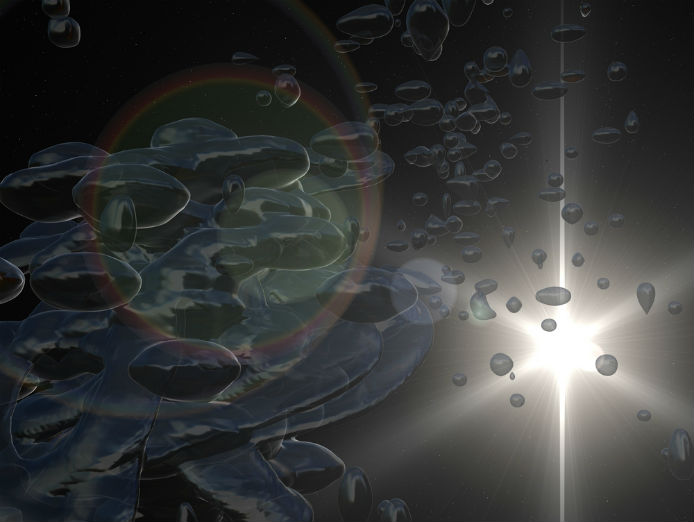A team of scientists have completed the first dark matter map in a series of maps that are being formed based on the work of the Dark Energy Survey (DES) consisting of a mix of over 300 scientists from several research institutes in the US and in Europe. They hope to complete their adventure into the little known phenomenon of dark matter and create several maps by 2018. The dark matter map was presented to other researchers from the Swiss Federal Institute of Technology in Zurich, Switzerland, this week during a meeting of the American Physical Society.
Dark Matter Map Presented To World
This dark matter map is the first released from data created by the DES adventure. It was created from data received from two million galaxies located in the southern sky via the 570-megapixel Dark Energy Camera mounted onto the Victor Blanco telescope located at the Cerro Tololo Inter-American Observatory, in Chile.
The researchers took all the data from the camera and then proceeded to measure the dark matter, which can only be seen through the subtle distortions it causes. The process used to measure the distortion is called gravitational lensing. Gravitational force created by a large object can bend light, therefore, if it’s known what lies in-between a light source and the point the observer is at, one can then predict the amount of light that is supposed to get bent. From that, the scientists can find the dark matter and measure it and use that information to help create a dark matter map.

First Dark Matter Map in Series Covers Small Area
Even though the current dark matter map was created via the data gathered from 200 galaxies, it still only covers 0.4 percent of the sky. However, that small percentage is only 3% of what the DES intends on mapping during their adventure prior to the end of the project in 2018.
Dark matter is considered one of the most fantastic of the universe’s unsolved mysteries. It is thought to cover as much as 84 percent of the total matter in existence, and nearly a third of the whole universe itself. It is also believed to be what is making the universe expand. However, dark matter is very hard to detect so the process to create the dark matter map has not been simple for dark matter scientists.
The fact that dark matter doesn’t put out or even absorb any type of radiation makes the scientists’ job next to impossible and the only way they were able to complete this first dark matter map was through the gravitational lensing process.
Ultimately, besides creating the dark matter map series, the scientists at DES want to be able to determine dark matter’s precise role in the universe. Therefore, they will continue their adventure in studying and mapping this strange force.
Human fascination with all matters sky-related will stand the test of time:
https://youtu.be/eHsJ8hZ4WgI

















